 Douglas Corleone is a former New York City lawyer, who now lives and writes in Hawaii. His Kevin Corvelli series began with One Man’s Paradise. Night on Fire will be published in 2011, and Choice of Evils is due out in 2012.
Douglas Corleone is a former New York City lawyer, who now lives and writes in Hawaii. His Kevin Corvelli series began with One Man’s Paradise. Night on Fire will be published in 2011, and Choice of Evils is due out in 2012.PDD:
What are the up side and the down side of living in Hawaii?
Douglas:
If there's a down side to living here, I haven't discovered it yet. It's a peaceful, relaxing place and that's what I need in order to write.
PDD:
Is there anything special about practicing law in Hawaii?
Douglas:
There are certain issues that are unique to Hawaii. It's a very diverse state that doesn't much look like states on the mainland. Caucasians are a minority. We have American laws but different values. Honolulu is not as cutthroat as many large cities in the U.S. And, of course, lawyers dress much differently here when they are out of court. Less suits, more aloha shirts and shorts.
PDD:
What attracted you to mystery writing?
Douglas:
I enjoy hard-boiled crime fiction filled with flawed characters. My protagonist, Kevin Corvelli, is one of those flawed characters. He's taking on high-profile homicide cases, trying to redeem himself in the press. Kevin's world is gradually getting darker with each novel, but Kevin is also maturing.
PDD:
What are Kevin's flaws?
Douglas:
He’s a heavy drinker. He has commitment issues. He's neurotic, impatient, has a bit of a temper - he's a New Yorker. He's also been mentored in the law by a shady but highly successful defense attorney named Milt Cashman, known in the media as Not Guilty Milty. Kevin's tactics were commonplace in New York courthouses, but they don't fly as well here in Hawaii, where law is more of a "gentleman's game."
Kevin keeps a sense of humor about what he’s learned from Milt in New York, and he's willing to change. A good example of how Kevin sees Milt is when a drug dealer comes to Kevin for help with a possession charge. Kevin is new to Hawaii and isn't quite sure how much to charge, so he has to guess at what the new client is carrying in terms of cash. Finally, Kevin asks for $3,500 and learns the client actually had $5,000.
 "Turi lays the money atop the files on my desk. I begin to count it out, unable to hide my disappointment at having lost the other $1,500. Milt can always tell how much a client is carrying down to the nickel. Milt is a truly gifted lawyer."
"Turi lays the money atop the files on my desk. I begin to count it out, unable to hide my disappointment at having lost the other $1,500. Milt can always tell how much a client is carrying down to the nickel. Milt is a truly gifted lawyer."~One Man’s Paradise
PDD:
You’ve said that you like to travel, especially to Europe. Any favorite parts of Europe?
Douglas:
Dublin is easily my favorite city in the world. Very modern yet full of Old World charm. And the people are as much fun to be around as any I ever met. I like them and I like the music.
PDD:
What’s hard about writing for you?
Douglas:
One thing I never dealt well with is a schedule. I work as much as I can, then I stop, whether I’ve put in two hours or twelve hours.
PDD: What’s going well about the writing?
I recently finished my next book, and I’m proud of the work. In Night On Fire, Kevin represents a stunning yet troubled young bride accused of committing murder and arson at a popular Hawaiian beach resort.
For more information about Douglas, or his books, visit his web site. He’s also on Facebook.




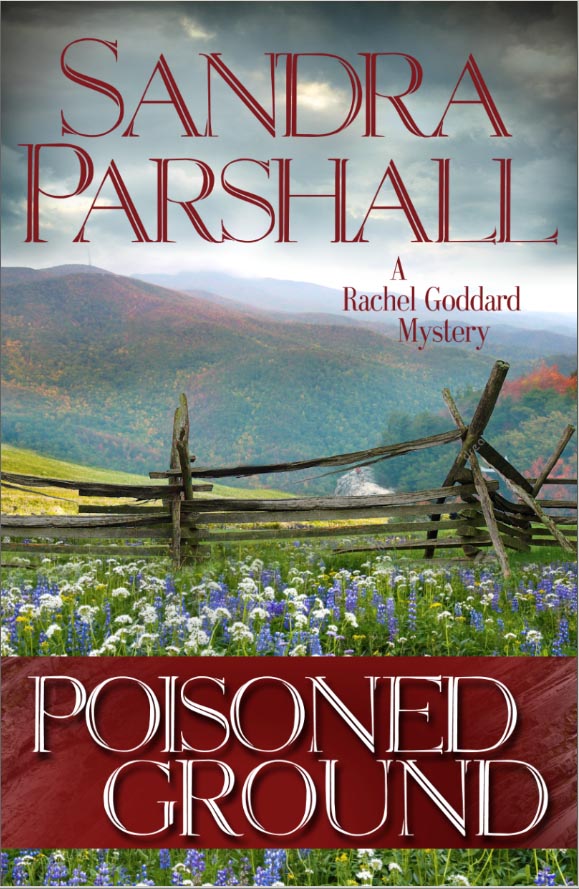
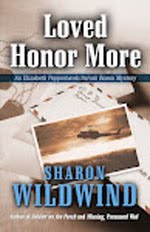

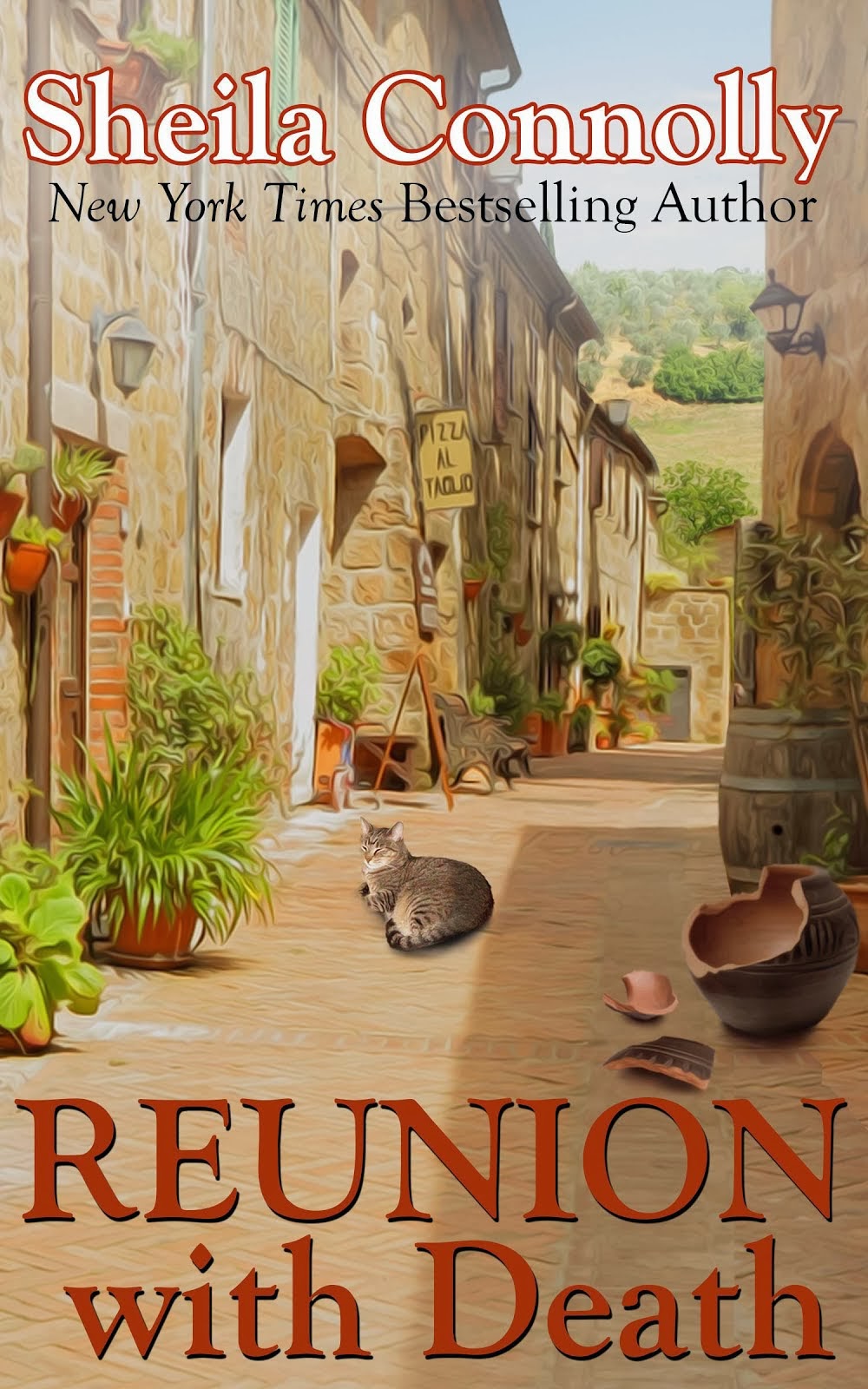
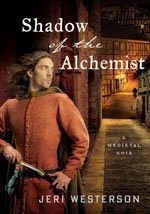


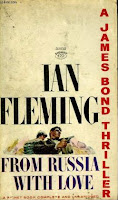




.jpg)
.jpg)





